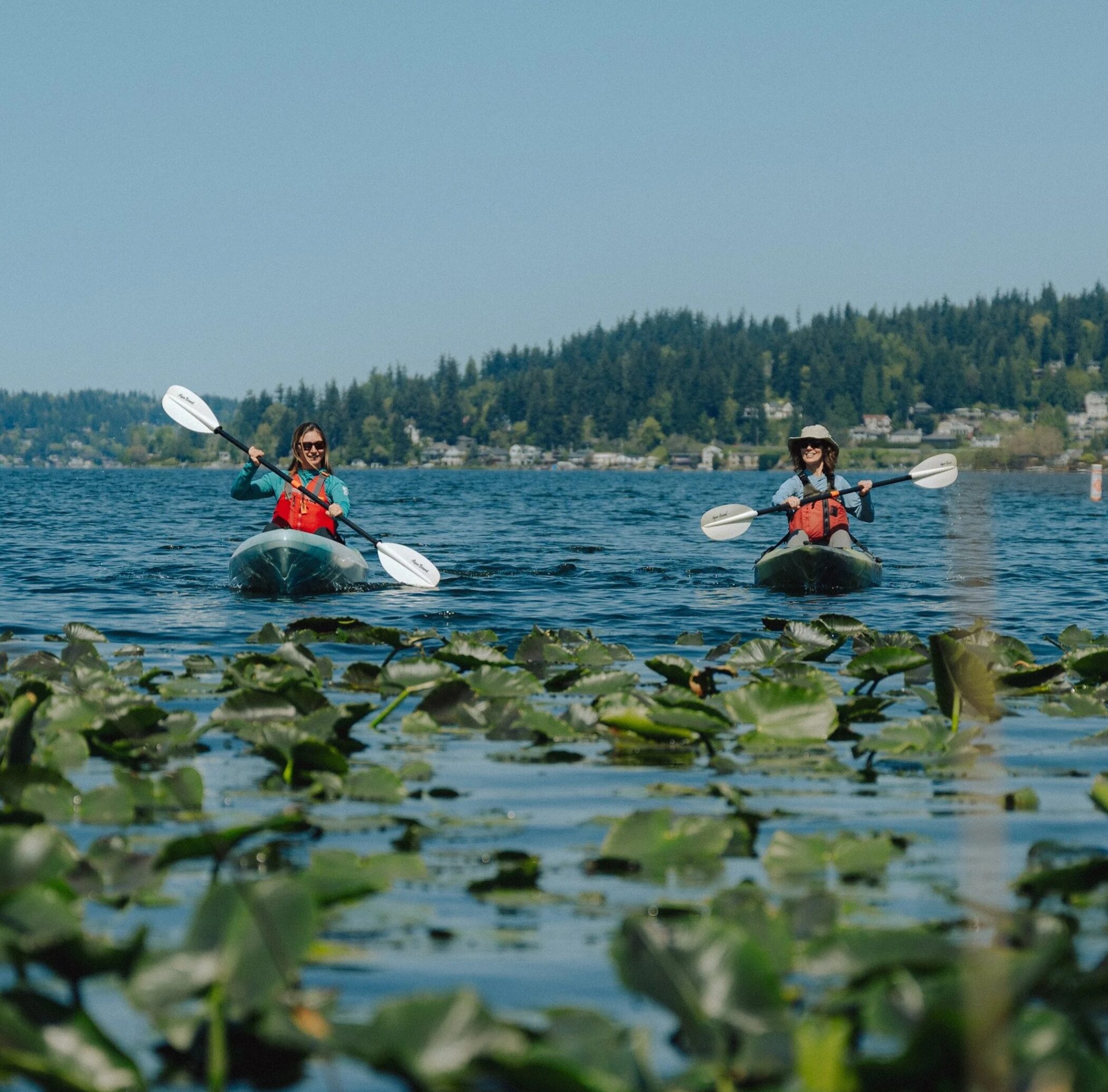News
“Slow Travel” at Lake Sammamish
by Mia Taylor
What is Slow Travel?
In pursuit of diving deeper into the topic of slow travel, I reached out to a variety of experts. Among them is Anne de Jong, co-founder of the Good Tourism Institute, an organization that works with sustainable travel businesses to help them be successful. That effort includes helping businesses create best-selling sustainable travel experiences.
Slow travel, at its best, is an inherently more sustainable way to travel, making de Jong an important voice on the topic. As a starting point, de Jong offered a baseline definition of what constitutes slow travel.

“Slow travel really just means slowing down. Both in how we move around and how we experience a destination,” begins de Jong. “It’s about staying longer in one place instead of rushing from highlight to highlight, and using slower, more mindful modes of transport like trains, biking, or hiking.”
But there’s more to slow travel than simply spending longer in a destination. Or traveling via train instead of jetting from place to place. Slow travel is also about connecting more deeply with a place and its people. De Jong’s definition of slow travel underscores this idea, as well.
“It connects closely to mindfulness, well-being, and the simple joy of being in the moment,” de Jong says.
“I also feel many travelers are tired of following the crowds to the same highlights. Slow travel allows them to go off the beaten track, spend time in smaller communities, and make real connections,” she continues. “Like having time to chat with locals or accept a spontaneous invitation to a ceremony. These authentic moments often become the most meaningful memories of a trip.”
Read the full article at glpfilms.com >>


